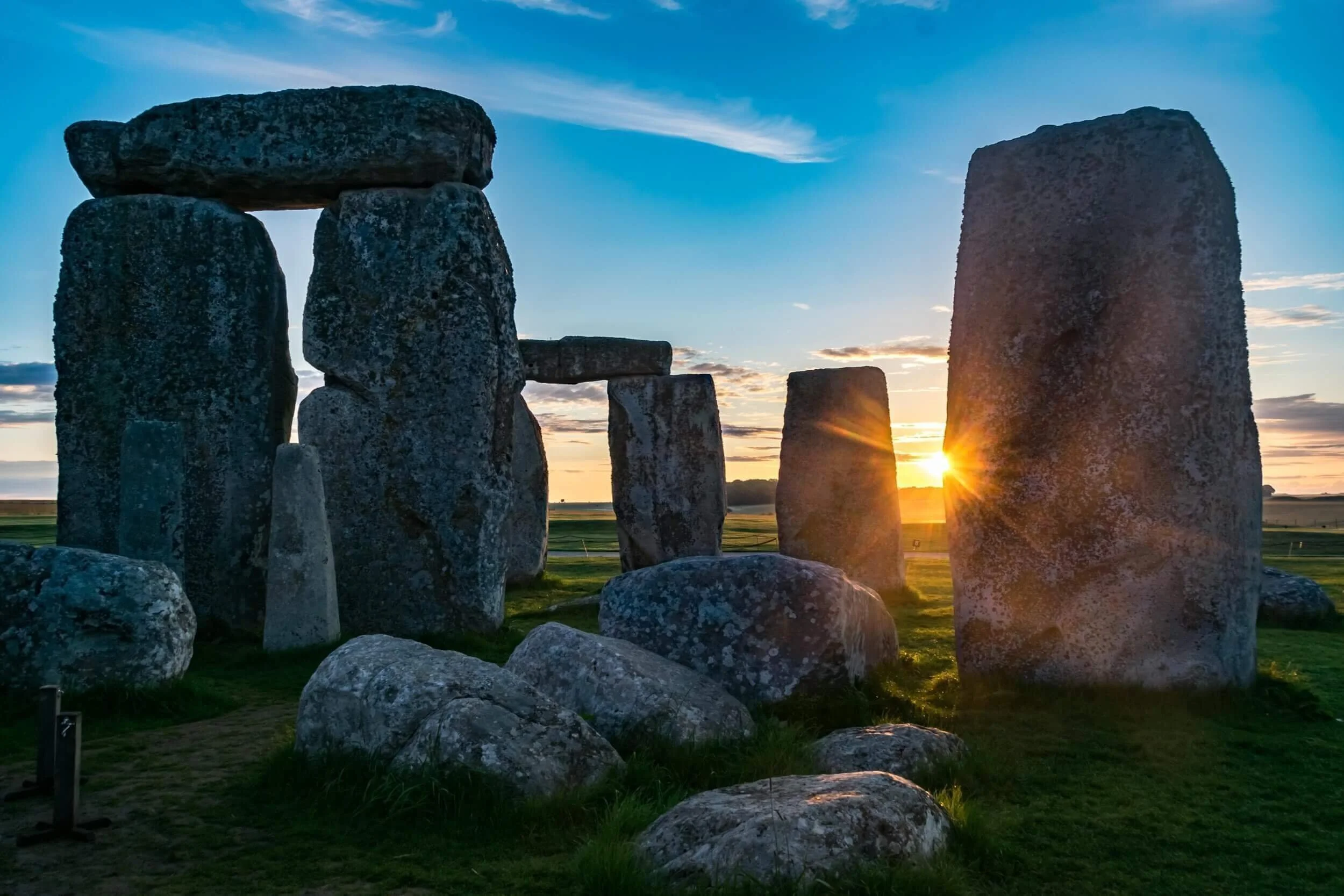Theologian's Almanac for Week of December 15, 2024
Welcome to SALT’s “Theologian’s Almanac,” a weekly selection of important birthdays, holidays, and other upcoming milestones worth marking — specially created for a) writing sermons and prayers, b) creating content for social media channels, and c) enriching your devotional life.
For the week of Sunday, December 15:
December 15 is the day in 1791 that the Bill of Rights was ratified by the new United States of America. It’s no accident that the first freedom named in the Bill of Rights is the freedom of religion; nor are the various freedoms mentioned in the first amendment — religion, speech, press, assembly, and petition — a random hodgepodge.
Rather, these five freedoms form a kind of choreography of liberty: at the foundation is freedom of religion (that is, freedom of “thought” or “conviction” about the deepest, widest questions human beings can ask; that’s what James Madison (influenced by Thomas Jefferson) meant by “religion” in the first place); then comes the freedom to speak freely about one’s thoughts and convictions; then comes the right to spread that speech far and wide, through a free press; then comes the right to assemble and organize with others who share convictions; and finally comes the right to petition the government for a redress of grievances on the basis of those convictions. And it’s all grounded in the freedom of religion, broadly defined — what Jefferson called freedom of “mind” in his Virginia Statute for Religious Freedom, a document which strongly influenced Madison as he wrote the First Amendment.
December 18 is the birthday of Methodist hymn writer Charles Wesley, born in Epworth, England, in 1707. His brother, John, became an accomplished preacher, Charles a hymn-writer and song leader. The two attended Oxford, where their classmates teased them for being so serious and methodical about their religious life; accordingly, they dubbed them, “Methodists,” a name the brothers were happy to adopt. They traveled around England on horseback, preaching and leading singing out in the open air to tens of thousands. Hymnals were expensive, and many couldn’t read anyway, so Charles wrote lyrics that could be sung by a leader and then echoed by the congregation. He wrote nearly 9,000 hymns over his lifetime, which averages to about 10 lines of poetry every day for more than 50 years, including “Christ the Lord Is Risen Today,” “Love Divine, All Loves Excelling,” and “Hark! the Herald Angels Sing.”
December 19 is the day in 1843 that Charles Dickens published A Christmas Carol, the heartwarming and harrowing story of Ebenezer Scrooge, the “squeezing, wrenching, grasping, scraping, clutching, covetous old sinner” who learns the Christmas spirit of generosity from three ghosts who show him Christmases past, present, and future. In the mid-nineteenth century, Christmas was not yet the cultural and commercial juggernaut it is today (bah, humbug!). A Christmas Carol became wildly popular in both England and the United States, and helped contribute to both the tone and prominence of Christmas as a time of feasting, gift-giving, and merriment.
December 20 is the day in 1946 that “It’s a Wonderful Life” was first shown in a charity screening at New York City’s Globe Theatre. Starring James Stewart and Donna Reed, the film tells the story of George Bailey, a small town businessman who comes to believe that his life has been wasted, and so he decides to commit suicide — but a heavenly messenger intervenes and shows him what life in his town would have been like without him. Reviews of the film were decidedly mixed, and it was financially disappointing, too. But in the decades that followed, it gradually became a beloved film to watch on television during the Christmas season, and today is considered a classic. Like George Bailey himself, what at first looked like failure was ultimately revealed as success!
December 21 is the winter solstice in the Northern Hemisphere, both the longest night and the shortest day of the year — and the official first day of winter. Solstice celebrations are some of the oldest holidays in human history, going back at least 30,000 years (!). Many ancient stone structures were built with the solstices in mind; Stonehenge, for example, is designed to receive the first rays of solstice sun. Some of our ancient ancestors built bonfires on the winter solstice, in part, it is said, to lure the sun back after so many months of waning light — or, if not to lure it, to at least participate in its return. Various festivals of light followed from those bonfires, all the way down to the custom today of decorating houses and trees with Christmas lights. The solstice is the pivot point, the beginning of the Sun’s reversal: the daylight on December 22 will last about a minute longer than the daylight on December 21.

